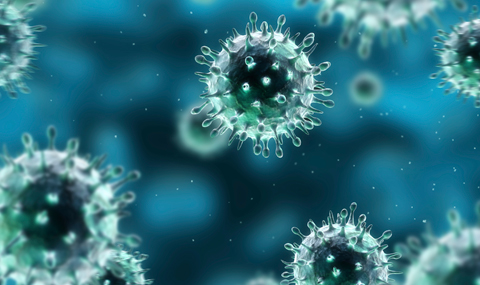A new study published in the American Journal of Infection Control (AJIC) shows that artificial intelligence (AI) can accurately find cases of infections acquired in hospitals. These infections, known as healthcare-associated infections (HAIs), are a serious problem in healthcare settings. The study suggests that using AI could make infection surveillance programs more effective and affordable.
According to the Centers for Disease Control and Prevention, there were around 687,000 HAIs in U.S. hospitals in 2015, leading to 72,000 deaths. Despite efforts to prevent them, HAIs are still a risk, especially for very ill patients with medical devices like central lines or catheters.

Many hospitals have surveillance programs to watch for infections, but these need lots of resources and expertise. AI could offer a cheaper way to improve surveillance, helping to protect vulnerable patients.
In this study, researchers from Saint Louis University and the University of Louisville School of Medicine tested two AI tools to see if they could accurately identify two common types of HAIs: bloodstream infections from central lines and urinary tract infections from catheters. They presented the AI tools with descriptions of fictional patients and asked if they had an HAI. The AI tools performed well when the descriptions were clear, but they struggled when details were missing or unclear.
The researchers stress that while AI shows promise, it still needs human oversight. They say more work is needed to develop AI tools that can handle real-world patient data reliably.
The study used an approach called retrieval augmented generation to improve the quality of prompts given to the AI tools. This included using information from the CDC’s National Healthcare Safety Network.
One of the AI tools developed for the study, called HAI Assist, is available through the OpenAI GPT Store.
Tania Bubb, president of the Association for Professionals in Infection Control and Epidemiology (APIC), says AI-powered tools could be a valuable addition to surveillance programs, helping infection preventionists do their jobs better.
Source: APIC




